Hammerheads are a family of sharks that are known for their oddly shaped heads. These sharks reside in oceans worldwide, particularly in warm waters and near the coast. Unlike most sharks, many species of hammerheads are social, and swim in schools during the day. These schools do not remain together overnight however, as hunting is solitary. Read on to learn about the hammerhead shark.
Description of the Hammerhead Shark
Most species of hammerhead sharks have similar shapes and colorations. They are grayish in color, and sometimes have a green tint. Like many oceanic species, they have countershading coloration to help them blend in. This is when an animal is darker on top, and lighter underneath, to blend in with the dark depths, or light surface of the water, respectively. Adult lengths can range widely by species, and may measure anywhere from 3 – 20 feet long!
Interesting Facts About the Hammerhead Shark
There are nine different species of hammerhead shark, and each has its own unique traits and adaptations. Learn more about these interesting creatures below.
- The “Hammer” Head – The uniquely shaped head that all hammerhead sharks share is called a cephalofoil. There are a two proposed uses/advantages to this oddly shaped head. First, the placement of their eyes on either side gives them virtually 360º vision. Second, the expansive hammer-shaped head gives them additional sensory advantages.
- Electroreceptors – All sharks have sensory pores called ampullae of Lorenzini. These pores allow the sharks to “see” the electrical charges emitted when animals move. By having more pores over a wider space, hammerheads are much more perceptive than other species of sharks.
- Not so Hammer-Shaped – Not all species of hammerhead sharks have a hammer-shaped head. While they have somewhat similar shaped heads, a few species have more rounded cephalofoils. Despite the difference in shape, the function of the head remains the same.
- Stingray Snack – This shark’s favorite prey to hunt are stingrays. They use their electroreceptors to detect the stingrays buried beneath the sand. To keep a nasty sting, the shark will sneak up on the stingray and pin it down with its head.
Habitat of the Hammerhead Shark
The specific habitat preference of these predators depends upon the species. For the most part, they prefer warmer waters. These sharks are most common in tropical, subtropical, and temperate seas. They almost never range into Arctic waters. The highest concentrations of hammerheads occur near coastlines and along continental shelves.
Distribution of the Hammerhead Shark
Each hammerhead species has their own individual range. Some species are widespread, while others have more specific and restricted ranges. In the eastern Pacific Ocean, hammerheads swim from California to the tip of South America.
They also congregate around islands across the Pacific, and in the Indo-Pacific along the coast of southern Russia all the way to Africa. In the Atlantic hammerheads can frequent the waters from the coast of Europe and southern Canada, to the tips of Africa and South America.
Diet of the Hammerhead Shark
Hammerhead sharks as a whole will feed on a wide variety of prey. They feed on fish, smaller sharks, squid, octopus, crabs, and lobsters. Stingrays are widely hunted as a favorite food.
Some species will cannibalize their own species, and some will even feed on their own offspring. Researchers have found partially-digested seagrass in the stomachs of the bonnethead shark. It is unknown whether they feed on this grass or accidentally ingest it.
Hammerhead Shark and Human Interaction
There are very few documented incidents of hammerhead sharks biting humans. Only 17 unprovoked shark bites have been recorded in the past several centuries. Unfortunately, humans are much more impactful on these sharks.
The IUCN lists a number of hammerhead shark species as Endangered or Vulnerable, and they have not assessed a few species yet. Overfishing, both as bycatch and direct targeting for shark fin soup, is extremely impactful on these sharks. This puts a number of species in danger of extinction.
Domestication
Humans have not domesticated hammerhead sharks in any way.
Does the Hammerhead Shark Make a Good Pet
Hammerhead sharks do not make good pets. Even the smaller species grow to three feet in length, so you would need an incredibly large tank to house them comfortably. The aquarist would need to keep them alone, as they would likely eat their tank-mates.
Hammerhead Shark Care
The only species regularly kept in aquariums is the bonnethead. Their small size makes them easy to care for in a zoological setting. Specialized tanks and an appropriate diet help keep them healthy. This species does require very specific temperature, salinity, and pH to survive, and an experienced aquarist must be in charge of their care. Zoos have not kept larger species successfully.
Behavior of the Hammerhead Shark
A number of hammerhead species are social while they are not hunting. During the day, social hammerheads congregate in schools, which can sometimes be incredibly large groups. At night the sharks will disperse to hunt separately. These large groups reside near ecological hot spots that can support higher numbers of predators.
Reproduction of the Hammerhead Shark
These sharks are viviparous, which means that they develop their young inside their bodies before giving live birth. The embryos receive nourishment through a yolk sac that eventually develops into a structure similar to a mammalian placenta.
Depending on the species, litters can range anywhere from 12 – 40 pups. The pups are independent of their mother at birth, but the pups will remain together for a period of time.

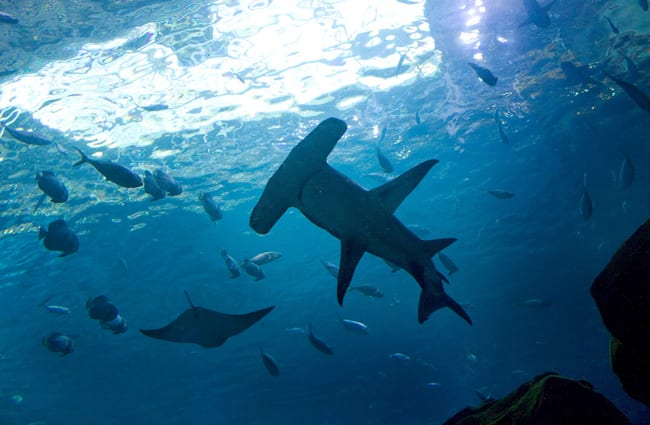

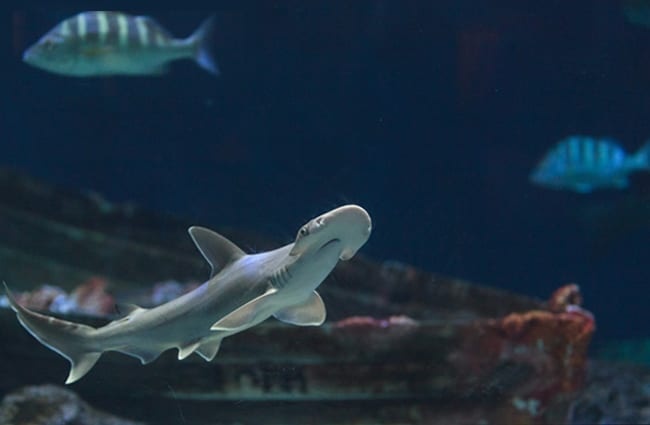
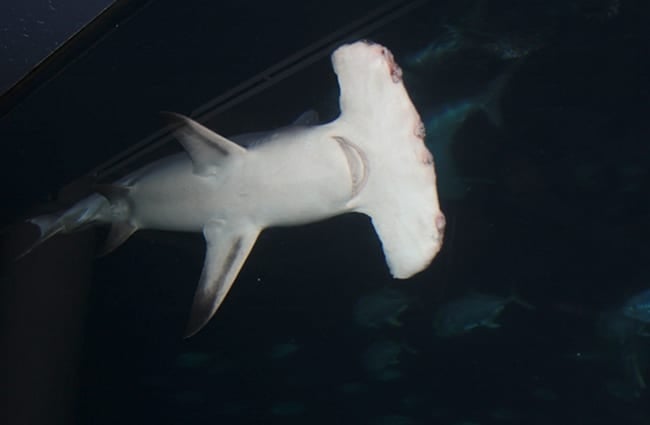



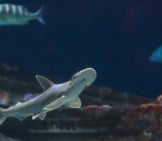
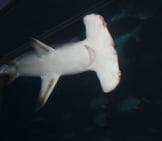

![Red Angus Closeup of a beautiful Red Angus cowPhoto by: U.S. Department of Agriculture [pubic domain]https://creativecommons.org/licenses/by/2.0/](https://animals.net/wp-content/uploads/2020/03/Red-Angus-4-238x178.jpg)












![Red Angus Closeup of a beautiful Red Angus cowPhoto by: U.S. Department of Agriculture [pubic domain]https://creativecommons.org/licenses/by/2.0/](https://animals.net/wp-content/uploads/2020/03/Red-Angus-4-100x75.jpg)

